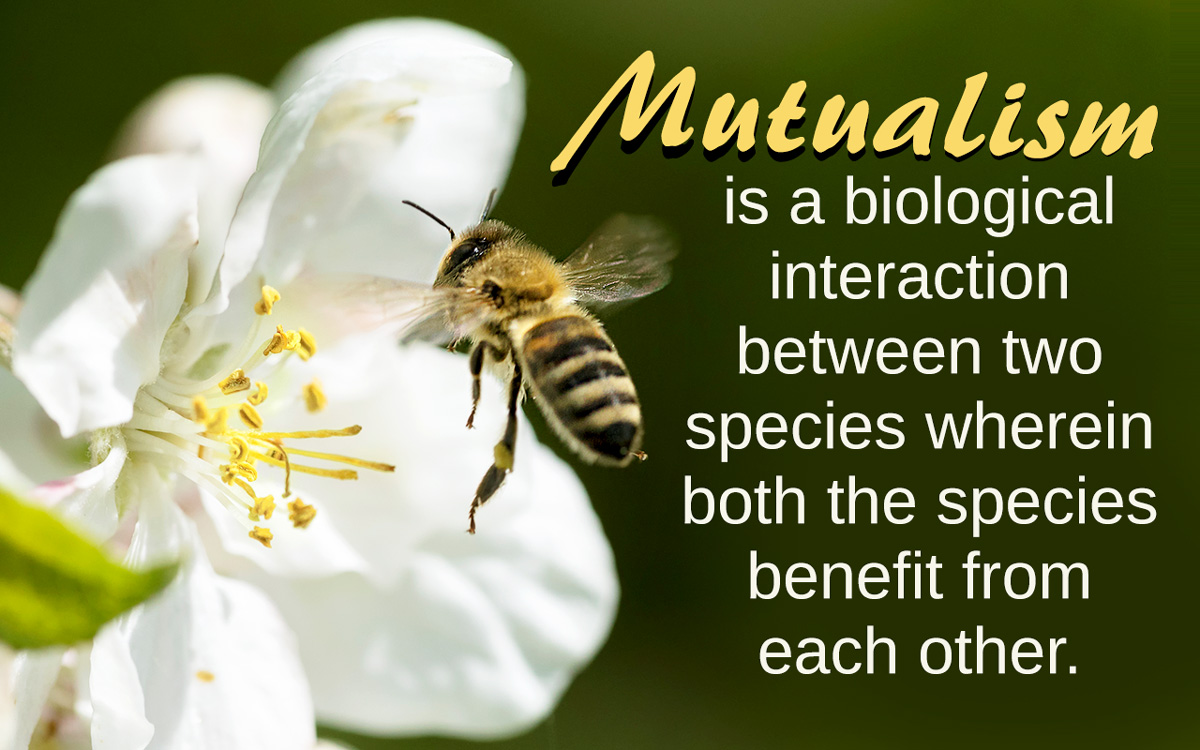Mutualism is an association, between the organisms of two different species, where they give benefit to each other. The mutualistic arrangements develop when the organisms are greatly different from each other according to their living conditions. Mutualistic interactions are beneficial for both of the interacting species. Mutualism is found to exist between the 200, 000 animal species, and 170, 000 plant species. The extent and the types of the services and the goods, that are exchanged are highly variable, and are affected by the various mechanisms. In the ecology, mutualism has the key role.

Types and Examples of Mutualism
The mutualistic relationships can be categorized as the facultative, or the obligate. In the obligate mutualism, the one organism is dependent on the other for its survival. While, in the facultative mutualism both organisms give benefit to each other, but their survival is not solely dependent on the organism. Mutualism is ubiquitous. There are various examples of mutualistic arrangements. The partnership between the leguminous plant and the nitrogen-fixing bacteria is a well-known example of mutualism. Additionally, the rumen bacteria which are present in the digestive tract of the cow, helps in the digestion of the plants, that cow eats. Also, there is an association between the certain fungi (mycorrhizae) and plant roots, that is also a good example of mutualism. Mutualistic interaction also occurs between the pollinator organisms and the flowering plants. Many other examples of mutualism can be observed in the various biomes.
Evolution of Mutualism
Mutualism is not a static thing, and it can be lost by evolution. Mainly, there are four pathways, for the evolution of mutualism.
- One partner in the mutualism may shift to the parasitism. And it may not be beneficial to its partner on a long term basis.
- One partner may abandon the process of mutualism and may start living anonymously.
- One of the mutualistic partners may be exposed to extinction.
- One partner may switch to another species, from where it can get the more benefit.
- Measurement and Defining of Mutualism
It is not always a straightforward approach to measure the exact level of fitness, and the benefits, in the mutualistic relationships. It becomes even more difficult when the individuals can get benefit from the various species. Defining the closeness of the species is also a big problem. When defining the relationship in terms of physical closeness, it may be referred to as the biological intimacy, or the mutual dependency.